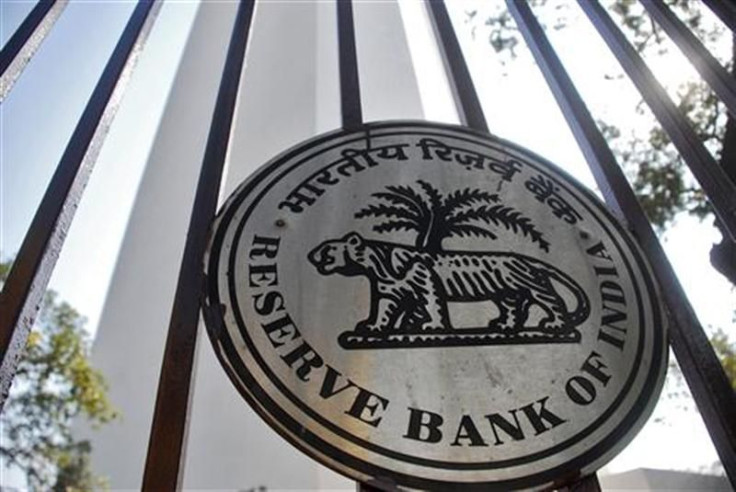Reserve Bank Of India Likely To Cut Repo Rate
Analysis

The Reserve Bank of India (RBI) is expected to ease rates when it announces the annual credit policy on Tuesday, to lift constraints on lending as it seeks to tackle a shortage of cash in the banking sector and a slowing economy.
Of 20 analysts polled, 17 expect the RBI to cut the repo rate by 25 basis points to 8.25 percent on April 17, while three see it unchanged at 8.50 percent, Reuters reported Monday.
However, the majority of analysts polled by Reuters did not think the RBI would make changes in the cash reserve ratio (CRR). Of 19 respondents, 13 expect no cut next week in the cash reserve ratio (CRR) requirement for banks, or the share of deposits lenders have to maintain with the RBI.
According to analysts, evidence that inflation is moderating, though gradually, should give the RBI scope to loosen monetary policy at its next meeting.
India's Wholesale Price Index (WPI) headline inflation has fallen from the near-double digit rates that were recorded for most of 2011 to 7.0 percent in February. Although inflation is likely to fall further in the coming months, it will probably remain relatively high owing to recent hikes in the price of railway tickets and indirect taxes. It is estimated that headline inflation fell only slightly to 6.8 percent in March.
More importantly, the RBI's preferred measure of underlying inflation based on non-food manufactured prices has been falling sharply and is now below 6 percent.
At the same time, the pressure on inflation could increase if the cuts on subsidies on diesel and cooking fuels are announced by the government.
It is expected that there will be at least 25 basis points (bps) rate cut. Lower interest rates are needed to support the economy, which has showed signs of losing momentum in the past couple of months.
In January, the RBI had cut the CRR by 50 bps. In March, it was cut by 75 bps in an attempt to ease tight liquidity in the banking system.
According to the official data released by the government in February, India's economy is expected to grow at 6.9 percent in the current financial year.
The economy grew 6.1 percent in the quarter ended December 31. This was the slowest growth in nearly three years and was a major slowdown from the July-September quarter when GDP growth was 6.9 percent. In the April-June quarter, growth was 7.7 percent. The country had seen the annual growth of 8.4 percent in the last two fiscal years.
Meanwhile, rating agency Standard & Poor's (S&P) expects India's GDP growth at 6.8 percent in 2011-2012 and 6.5 percent in 2012-2013. S&P has already warned that India's investment-grade credit rating was under pressure due to the weak government action, slower economic growth, stubborn inflation and growing public debt.
The S&P report released earlier upheld India's current rating at BBB-. Indian government's ability to implement policies has weakened, due to the slow and complex decision-making process and the extent to which the UPA government can implement measures to improve economic growth and fiscal prudence will be vital to boosting confidence in India, the report said.
The government expects manufacturing output to grow 3.9 percent this fiscal year compared with a 7.6 percent increase a year earlier. Farm output is expected to rise 2.5 percent, compared with 7.0 percent last year.
© Copyright IBTimes 2024. All rights reserved.





















